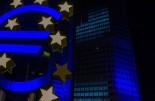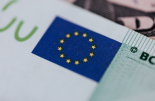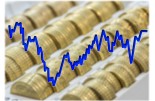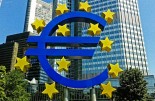Monex: ECB vooruitblik - PEPP wordt waarschijnlijk opgevoerd
Monex: ECB vooruitblik - PEPP wordt waarschijnlijk opgevoerd
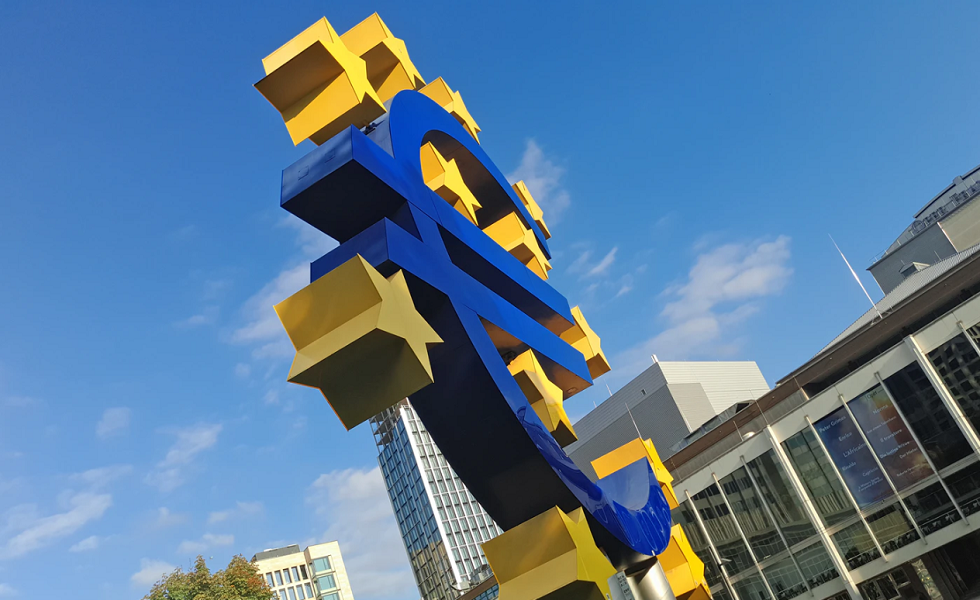
Hieronder volgt een vooruitblik in het Engels van Ima Sammani, valuta-analist bij Monex Europe, op de ECB meeting morgen.
After several comments from executive board members over previous weeks, it has become clear that the ECB is poised to increase support at its last meeting of the year tomorrow, even as vaccine plans become known. Disappointing growth momentum in Q4, subdued inflation expectations and uncertainty about the economic outlook in 2021 justify the need for additional easing, even as financial conditions relax from the October dip. Caution about the speed and timing of vaccine rollout plans and potential lifting of restrictions to economic activity, calls for pre-emptive action looking forward.
Median expectations for the next policy announcement are set on a potential increase to the ECB's pandemic emergency purchase programme (PEPP) envelop by about €500 billion, to a total amount of €1.85 trillion. More importantly, the PEPP program, which has been the key tool of ECB response to the pandemic crisis, should be extended until at least the end of 2021, from the mid-year deadline currently set. This “recalibration” of PEPP would be consistent with a rollout of the current pace of average monthly purchases, of around €20 billion per week, which underpins recent Lagarde’s comments about the “quality” instead of “quantity” of the upcoming ECB decision.

Purchases are likely to be subject to various assumptions on government ́s issuance plans next year. But even so, the main takeaway from the announcement is yet another “whatever it takes” message from the ECB. The improvement of PEPP isn’t trivial as this instrument allows for more flexibility into mitigating the uneven impacts caused by the pandemic across sectors and jurisdictions. Along with PEPP, TLTRO conditions might be boosted in next ECB meeting, since the program has proven to have high efficacy as an ad hoc policy tool for the current crisis.
The likelihood of a rate cut in next meeting is low, as it is over the 2021 horizon. Cutting rates deeper into negative territory would have limited effect in boosting consumption and investment at this point. Additionally, political tensions faced by this policy option would be of paramount level, while the prospects of distress in the banking sector rise. However, the ECB will remarkably keep this option in its toolbox as a way to ascertain market confidence in the context of exhausted policy space. Moreover, the ECB is yet to show some dislike on a potentially rampant euro appreciation, for which rate cuts would be a last resort, at least verbally. Although, the ECB has remained muted over the latest euro strength, recent jawboning by Chief Economist Philip Lane still hangs in the air.

